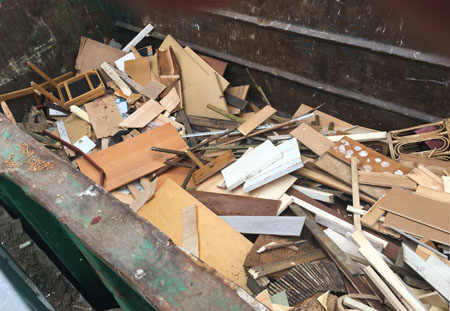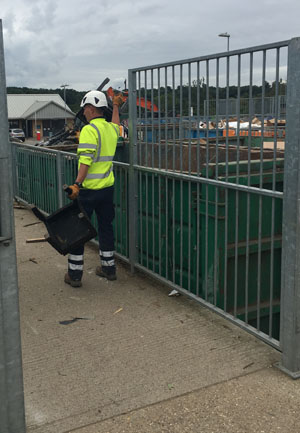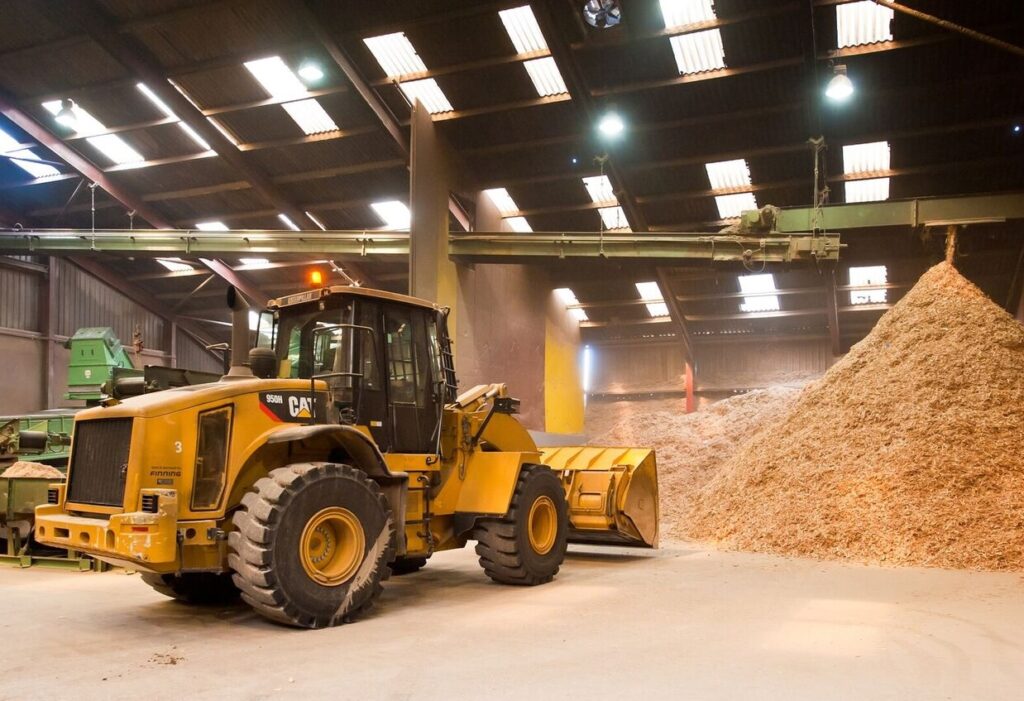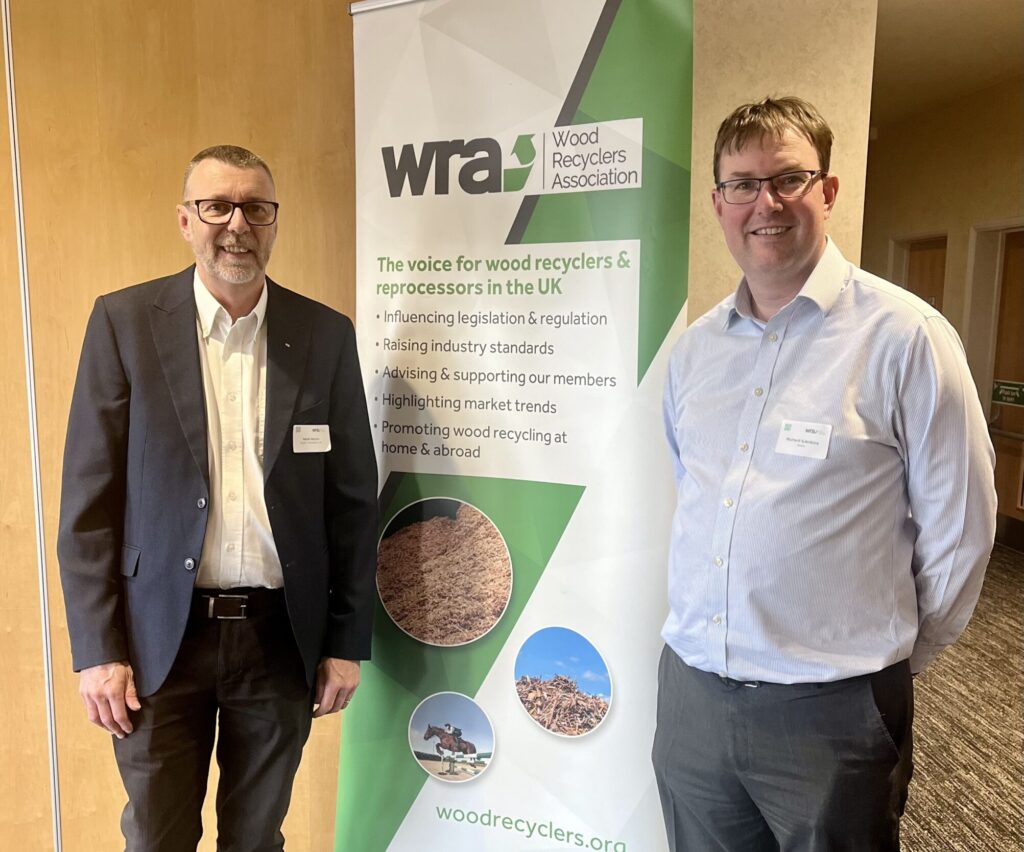
The meeting follows a letter sent by the organisations outlining their issues with the EA’s proposal to record mixed waste wood at the front end of the wood recycling and recovery process.
Particular concern lies in the EA’s recommendation that any item of treated waste wood, that has not been assessed appropriately, should be classified as hazardous waste. This could result in classifying entire mixed waste loads as hazardous.
Such a classification could have a major impact on wood collected at civic amenity sites with licensing, funding and usage implications.
The letter was penned by the Wood Recyclers Association (WRA), the National Association of Waste Disposal Officers (NAWDO), the Local Authority Recycling Advisory Committee (LARAC), the Wood Panel Industries Federation (WPIF), major waste management companies such as Veolia, FCC and Suez, the United Resource Operators (UROC), and other trade associations. Two of the biggest users of waste wood – panel board manufacturers and biomass energy suppliers – are also supporting the approach.
EA concerns
According to the WRA, the EA’s proposals have surfaced following concerns that treated waste wood was being classified as untreated, clean grade A material and ending up in non Industrials Emissions Directive Chapter IV-compliant boilers.
And the European Commission has pointed out that the UK recycling market records 0.5% of its waste wood as hazardous – as opposed to 15% recorded by German markets.
But, the WRA has argued that this discrepancy is because hazardous waste wood is a commodity in Germany, as they “have established an accepted end-user recovery routes for hazardous waste wood which do not exist in the UK”.
The association reported that the working group is working with the EA to carry out testing and analysis to prove to the Agency that the UK’s percentage of hazardous waste is “actually very small” and has a “minimal” impact on the environment.
‘Catastrophic’ effects

Andy Hill, Chair of the WRA, said: “We are all very concerned that this could have a catastrophic effect on the industry’s two major consumers of mixed waste wood, panel board and energy suppliers, both of whom contributes a huge amount to the UK’s economy and recycling/recovery targets without proper evidence that it is required or justified.”
The WRA added that these consumers have “confirmed” that they could no longer be able to accept and process waste wood.
The industry group also expressed their worries in the letter over the effects on local authorities, with rising costs as a result of additional separation or consigning mixed waste wood as hazardous, which would in turn reduce recycling rates by 2-6% a year.
The letter also included fears that flytipping and other unauthorised routes could grow as local authorities may be unwilling to accept mixed waste wood at household waste recycling sites.
Landfilling could increase for both non-hazardous and hazardous wood, the WRA also emphasised. And at the same time, landfills have restrictions on accepting organic materials – which hazardous wood falls under.
Mr Hill also explained that the regulations were “unnecessary” as waste wood customers already test wood to ensure it is safe to the environment and human health.
Since learning of the Agency’s proposals, a number of WRA member companies have carried out tests at their sites, the results of which have also been shared with the Environment Agency, said the WRA.
These early test results indicate 0.01 to 0.02% of total waste received during the past month as having been hazardous.
Mr Hill said: “We are working collaboratively with the EA to find a workable solution that satisfies the needs of all parties and are currently looking collectively at how this can be achieved. We will also continue to collate information to further back up our initial evidence.”
A view from the Environment Agency has been requested by letsrecycle.com.







Subscribe for free